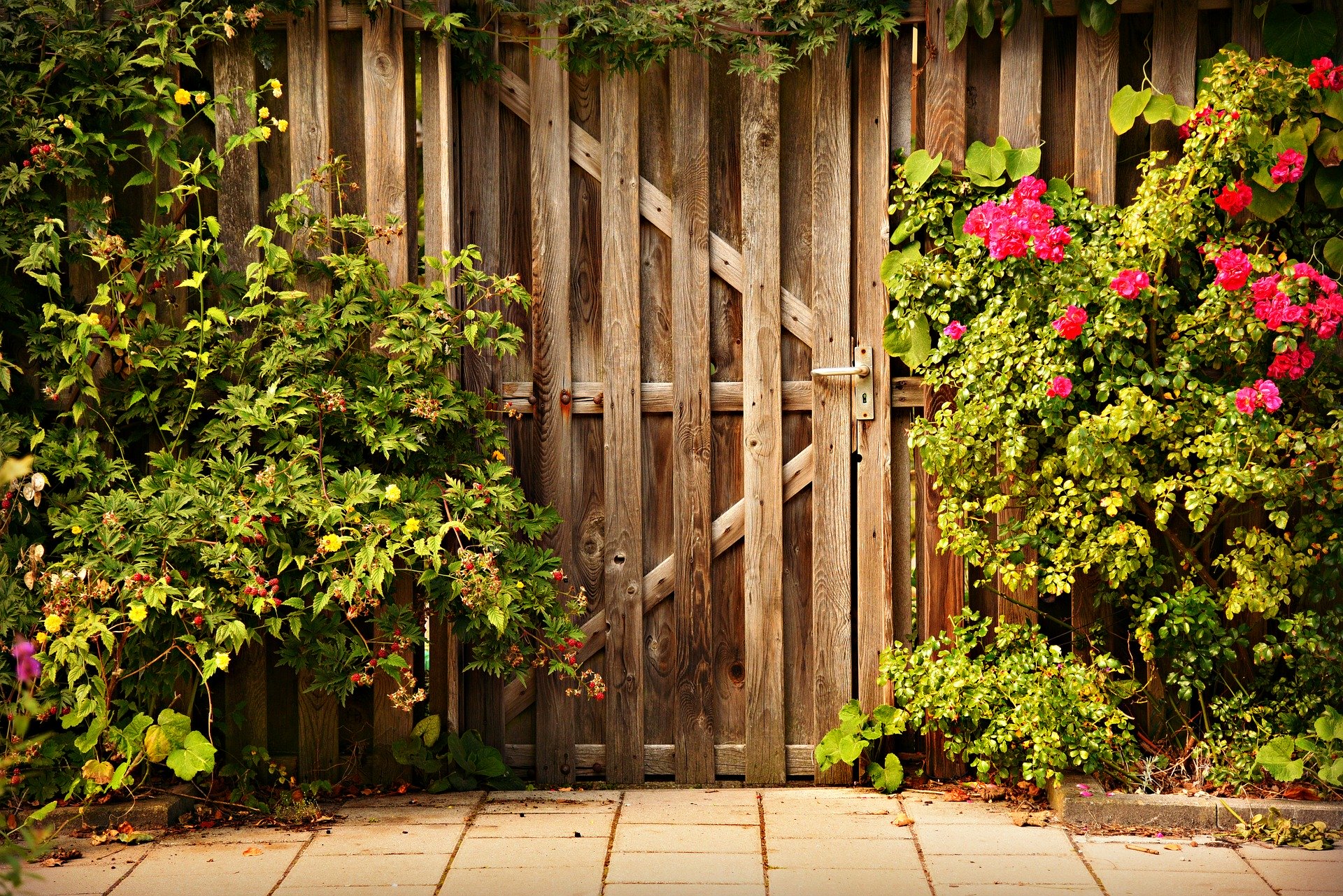What kind of security lighting does your home need?
A survey carried out by the consumer group Which? has revealed that around 70% of us worry about the safety and security of our properties in winter – while spring is only just around the corner, it’s highly advisable to have security lighting in place and operations throughout the year.
If you’re concerned about security at home, or find yourself often digging around for your keys in the depths of your bag with nothing more than the light from your mobile phone to help, read on for our guide to choosing appropriate security lighting for the exterior of your property.
Should you choose manual lighting or go for lights with sensors?

There are two main types of outdoor lighting; manual lights which you’ll need to turn on from inside the house and security lighting with sensors, which will automatically light up when movement is detected.
A security light with sensor is recommended for the front of your property – this will light up if someone approaches your front door or windows. This is also useful for when you are arriving home in darkness and can help to ensure safety by lighting up trip hazards such as the edges of the path or steps up to you front door.
If you park your car at the side of your house, you may also wish to install a light with sensor in this area of your property too.
At the rear of your house, you may find it’s not quite such an easy decision. If no other properties overlook the back of the property, a sensor light could potentially be beneficial to intruders by giving them the illumination needed to attempt a break in. A light you can switch on from inside the home would be a wiser option in this instance.
If your property is overlooked, a sensor light could be installed instead.
What kind of bulb?
If you’ve previously had security lights but felt the cost to run them was too high, you should be pleasantly surprised by modern options. LED bulbs are incredibly cost effective, provide good levels of illumination and have lengthy life spans meaning you won’t need to be continually dipping in to your household budget to buy replacements.
The length of time you have the sensor set to will impact on how long the bulb lasts too – for areas where it’s likely to switch on and off a lot, set for around 8-10 minutes so the bulb isn’t continually turning on and off to prolong the lifespan.

Created by Steve Ellwood on 2nd March, 2020
Author
 | Steve EllwoodQualified as an Electrician, founder of BLT Direct |



